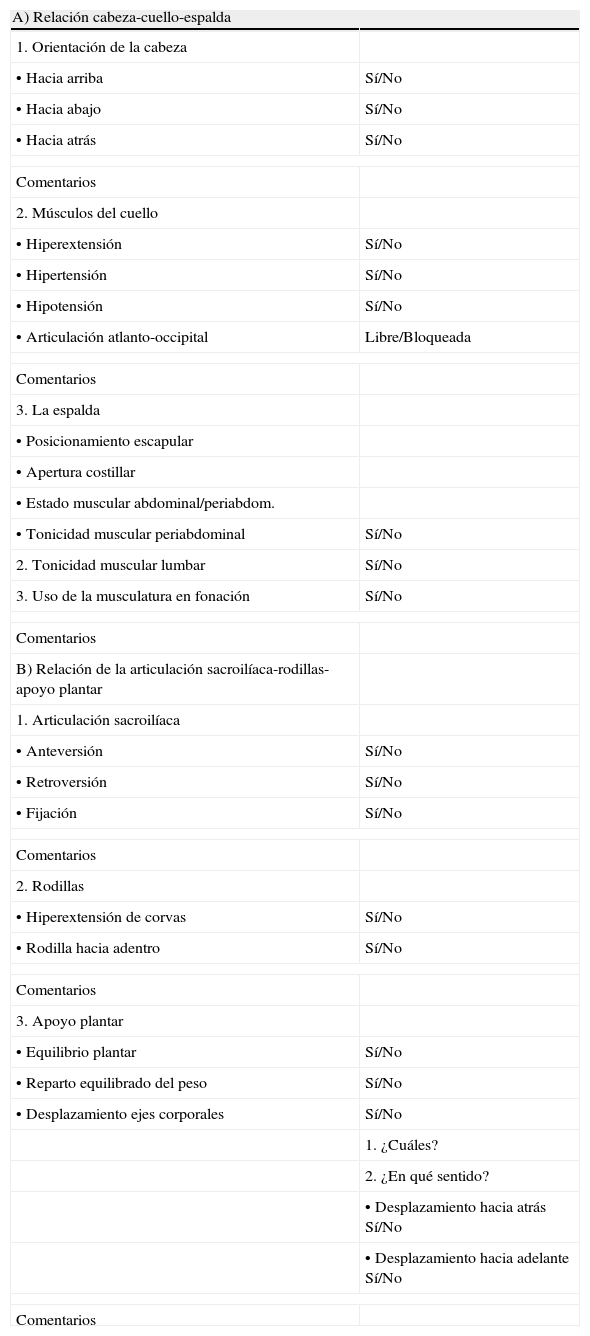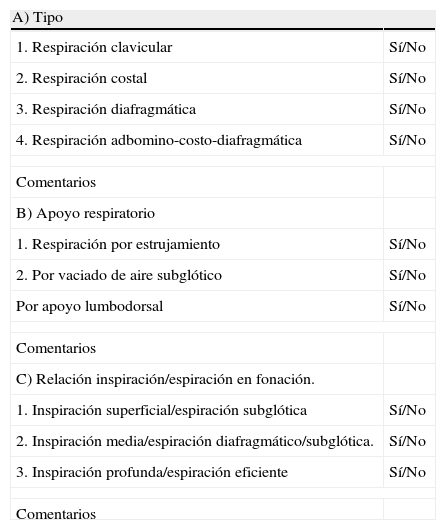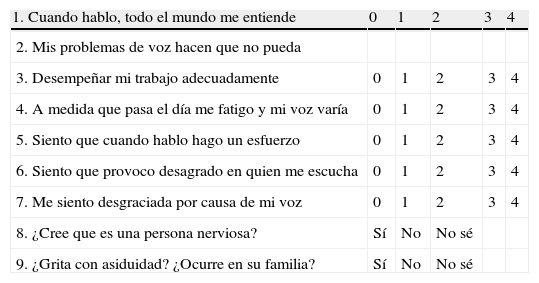El presente estudio supone una aproximación a la voz, su fenomenología y rehabilitación, a través de la investigación de un caso único con diagnóstico de disfonía por presencia de quiste en cuerda vocal (CV) derecha debido a abuso y mal uso vocal en una mujer de 29 años profesora de Educación Primaria con especialidad en música. Lo que aquí se plantea es un tipo de intervención de entre todos los posibles para la rehabilitación de patología vocal. La terapia presentada en este estudio está basada y desarrollada a través de una concepción holística del ser humano, partiendo del propio diseño, para su rehabilitación. Para ello, se han diseñado: un protocolo de observación para el profesional logopeda, compuesto por una serie de ítems relativos a la anatomía y fisiología del cuerpo humano y su influencia en la fonación, y otro protocolo de autopercepción de la voz por parte del paciente y cómo esta afecta a la efectividad de la terapia. Se ha utilizado para este estudio, un diseño A-B-A-B y se han analizado los resultados. Se ha establecido un tratamiento en 2 fases: 1.- Intervención sobre la postura y la respiración, en base al protocolo de observación, y teniendo en cuenta las respuestas del paciente al protocolo de autopercepción de la voz. 2.- Intervención sobre la acústica de la voz, sobre la base de la postura y la respiración. La autopercepción de la voz por parte del paciente ha sido variable control para decidir la eficiencia de la rehabilitación.
The present study focuses on an innovative approach to the human voice, its physiology and rehabilitation. We present a single case study of a 29-year-old woman with a diagnosis of dysphonia, who worked as a music teacher in an elementary school. The patient had a cyst on her right vocal cord due to voice abuse and misuse. In this article, a specific type of procedure is proposed for the rehabilitation of vocal disorders. This procedure is based on and developed by means of a holistic view of human beings for their rehabilitation. An observation protocol for the speech therapist was designed, which included a series of items related to the anatomy and physiology of the human body and their influence on phonation. Another protocol for vocal self-perception by the patient and its impact on the effectiveness of the therapy was designed. An A-B-A-B design methodology was applied and the results were fully analyzed. Two treatment phases were established: (1) posture and breathing rehabilitation therapy based on the observation protocol, and considering the patient's responses to the vocal self-perception protocol, and (2) voice acoustic rehabilitation therapy based on the patient's posture and breathing. Patient scores on the vocal self-perception evaluation were used to assess the effectiveness of the intervention.
Artículo
Comprando el artículo el PDF del mismo podrá ser descargado
Precio 19,34 €
Comprar ahora




















